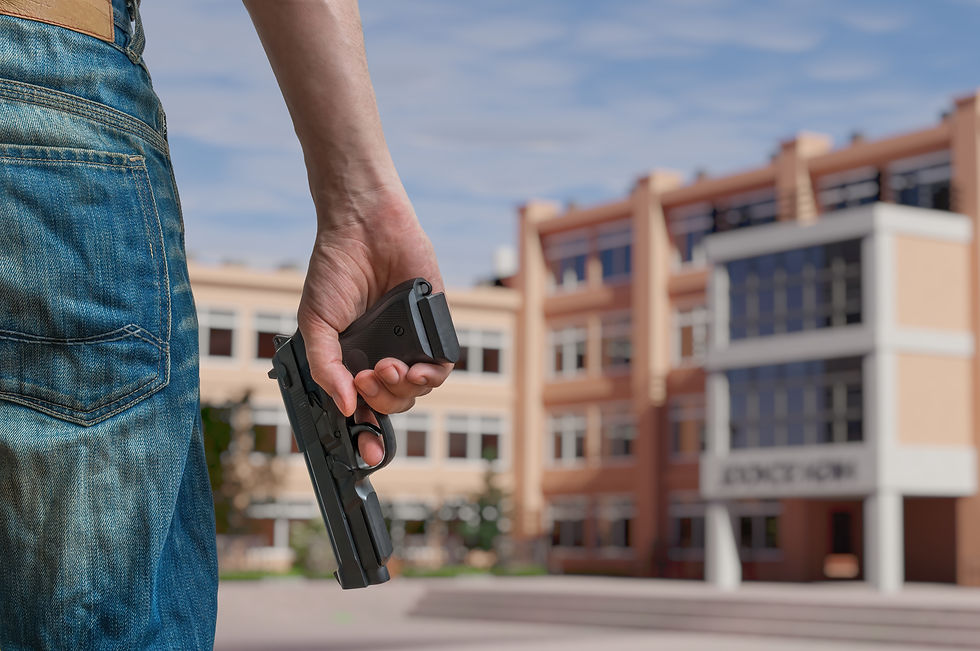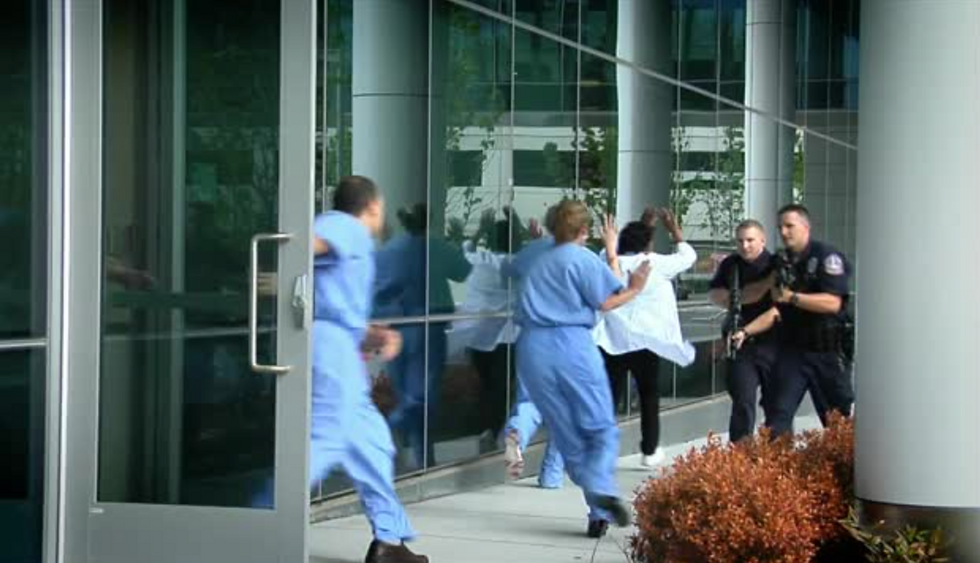STOP THE BLEED TRAINING SAVES LIVES DURING AN ACTIVE SHOOTER INCIDENT
- GENE PETRINO

- Aug 12, 2018
- 2 min read

Stop the bleed training is the answer. There is perhaps no worse feeling in the world than to be powerless to help someone who needs it. How often have you heard someone saying, “I wish there was something I could have done?” Every one of us has been there. Have you ever witnessed a car crash and just drove by because there was nothing you could do? How about seeing someone having a heart attack or choking at a restaurant? Did you stand by and wait for help to arrive? Walk away? Call 911? Many people feel powerless in these situations and just to live with that feeling of helplessness.
This can be hard to live with, especially when some dies due to lack of medical care. This feeling of helplessness is a choice. You can do something about it.
What Else Can You Do?
One question we are frequently asked during our seminars is ‘what can we do in addition to Run, Hide, Fight?’ Our answer is always the same. Learn basic first aid to include stop the bleed training. First responders will agree that we are not the first ones on scene of an emergency. There are always co-workers, family members, friends, or even strangers that are there first. They are the ones that can have tremendous impact on the outcome before help arrives, especially in an active shooter incident.

In an active shooter incident, law enforcement WILL NOT be providing any first aid until AFTER the threat is eliminated. Our primary job before anything else is to stop the killing.
This is why it is crucial for everyone to have basic skills and understanding of first aid. Battlefield studies over the years have found that a good 25%+ of all deaths were caused by hemorrhaging (bleeding out). As a result, law enforcement across the country has increasingly been trained in stopping the bleeding in addition to the basic first aid.
This is something you can learn as well.
Through a national campaign called Stop The Bleed, you can learn how to help someone from bleeding out. The training is free through https://www.bleedingcontrol.org. There are many other basic first aid courses open to the public and are free or low cost. Check out your local community college. Classes are not long or drawn out. They are well worth the time.

By learning these basic skills, you will be able to help provide critical life saving aid to a friend, co-worker, or stranger if you’re ever in an active shooter incident. These skills aren’t just for active killer incidents; they are useful everywhere and at anytime. With this basic knowledge you won’t have to suffer with the guilt of not having been able to do something.
We include stop the bleed training in some of our Active Shooter Seminars. Call us today to see how we can help your organization.
As always, stay vigilant. Stay safe.







Comments